Nikon CoolPix L22 Review
Nikon CoolPix L22
We take a look at Nikon's budget-priced AA-powered compact

Verdict
Pros
- Cheap
- Stylish
- Well built
- Longer than average zoom lens
- Reasonably speedy operation
Cons
- Poor image quality
- Low feature set
Key Specifications
- Review Price: £80.00
- 12 megapixel sensor
- 3.6x zoom lens (37-134mm)
- Standard def video with mono audio
- Flash
Last week I reviewed the PowerShot A490, the ground-floor model in Canon’s compact camera range. Today I’m taking a look at the equivalent model from Nikon, the CoolPix L22. One of Nikon’s new launches for Spring 2010, the L22 is a 12-megapixel budget compact featuring a 3.6x zoom lens and a sharp 230k 3-inch LCD monitor. It was announced at the same time as the almost identical 8-megapixel CoolPix L21, and together the two cameras are the bargain-basement entry level of Nikon’s compact range. The L22 currently sells for around £80, and the L21 for around £70.
Nikon’s cheaper cameras enjoy the same good reputation as its more expensive models, and despite its low cost and lack of features there’s a lot to like about the L22. The body is plastic, but the build quality is comfortably above average and the simple design has good ergonomics. The rounded shape is thicker on the right-hand end to accommodate the two AA batteries that supply the power, and the back is shaped to provide a comfortable thumb grip. The L22 isn’t an ultra-compact, and is suited more for a handbag or jacket than for a shirt pocket. It’s longer but slightly lower and thinner than the Canon A490, although it is also slightly heavier. It is available in black, champagne silver and the attractive burgundy red seen here.
The external hardware is better than most budget compacts. The 3.6x zoom lens has a zoom range equivalent to 37 – 134mm, which while not particularly wide-angled is at least longer than average. The LCD monitor in particular is surprisingly good, a high-quality 230k three-inch screen, slightly recessed to avoid damage, and with a very good anti-reflective coating. The angle of view is also very good in all directions except downwards, arguably the one direction where is matters most. The simple controls are large, operate with a nice positive feel and are clearly labelled, and the camera is comfortable and easy to use.
Most budget compacts are rather light in the features department, but the L22 is poorly equipped even by that meagre standard. It has five main shooting modes, selected by pressing the green Shooting button. Even in the most advanced setting, the Program Auto mode, only image size, white balance, drive mode and a very limited range of basic colour options appear on the menu. The self timer is limited to 10 seconds only, focusing mode is either standard or macro, and while there are five flash modes those too are very simple. There are no metering or AF mode mode options, no adjustable ISO setting, no saturation, contrast or sharpness controls. 
There is an even simpler Easy Auto mode, presumably for those who are confused by anything more complex than chewing, in which only image size is left under user control. As well as this there is a Scene mode with 16 fairly typical scene programs, a Smart Portrait mode with face detection and smile shutter, and the video recording mode. This too is very limited by modern standards, with just 640 x 480 resolution at 30fps and mono audio. Clips are limited to the bizarrely precise 25 minutes and eight seconds, and not too surprisingly the optical zoom cannot be operated while recording. 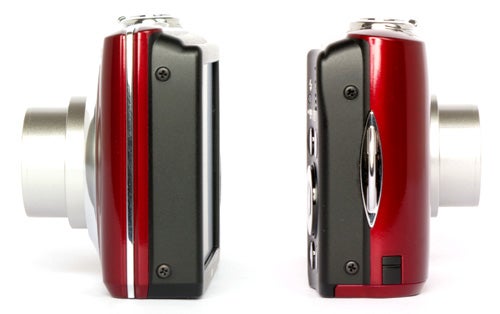
There are a couple of options in playback mode, including post-processing D-Lighting to improve shadow detail in high-contrast scenes, and a very basic slide-show function. The L22 has what Nikon calls “3x anti-blur”, which amounts to a combination of digital image stabilisation, a motion detector and the Best Shot Selector, which automatically selects the sharpest of ten consecutive shots. It’s not as effective as a proper optical or sensor-shift image stabilisation system, but it does help.
The L22’s overall performance is above average for its class. It starts up in a little under two seconds, which isn’t bad, and in single-shot mode it has a shot-to-shot time of approximately 2.3 seconds. In continuous shooting mode it can manage a shot-to-shot time of 1.3 seconds, which is pretty quick. The AF system also performs well, focusing quickly and accurately in most lighting conditions, and only slowing down a little in low light. It has a good AF assist lamp with a range of around three metres in total darkness. The only time it really struggles in in low light at longer zoom ranges, when the slow f/6.7 maximum aperture means that it doesn’t have enough light to focus reliably.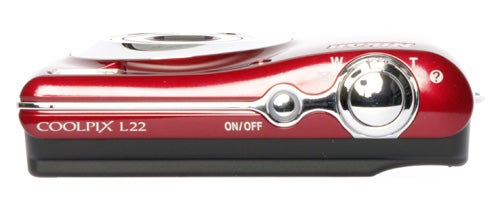
Image quality isn’t bad for an £80 camera, but it’s far from perfect. The lens has fairly good overall sharpness, but it does suffer from significant wide angle distortion which is corrected electronically. This straightens up the parallels but does cause some slight corner blurring. Colour rendition in standard mode looks a little pale and undersaturated, and dynamic range is also pretty poor. The post-processing D-Lighting feature does boost shadow detail, but it doesn’t help with the burned-out highlights.
The L22 has no manually adjustable ISO setting so it’s difficult to accurately judge noise control at higher values, but by tricking into shooting at 800 ISO quite a bit of noise is visible. At lower settings the image quality is better, but the main problem is surprisingly poor image processing, with very visible over-sharpening and very destructive image compression, which reduce the fine detail captured by the sensor, rather obviating the purpose of the 12 megapixel sensor. I’d be interested to see if the 8 megapixel L21 fares any better.
”’Verdict”’
The Nikon CoolPix L22 is a very cheap camera, but still shows the style and build quality of Nikon’s more expensive models. While it lacks many useful features it performs and handles well, but is unfortunately let down by inferior image quality due to its overcrowded sensor and destructive image processing.

”Over the next few pages we show a range of test shots. On this page the full size image at the minimum and maximum ISO settings have been reduced to let you see the full image, and a series of full resolution crops have taken from original images at a range of ISO settings to show the overall image quality. These pictures were taken indoors using shaded natural light. ”
—-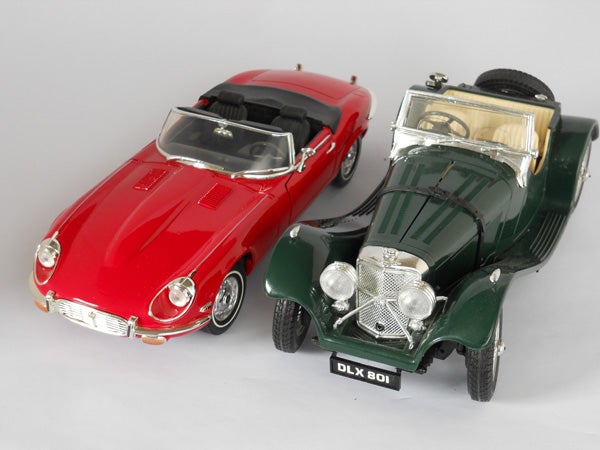
This is the full frame at minimum ISO.
—-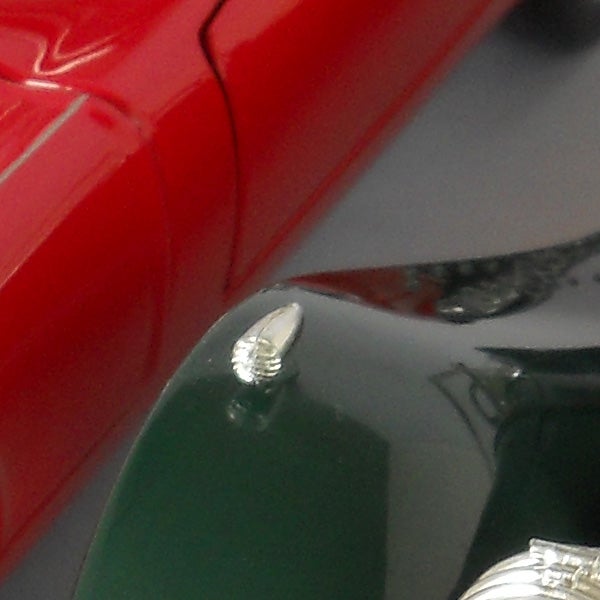
At 80 ISO the image quality is quite good, although it’s still over-sharpened.
—-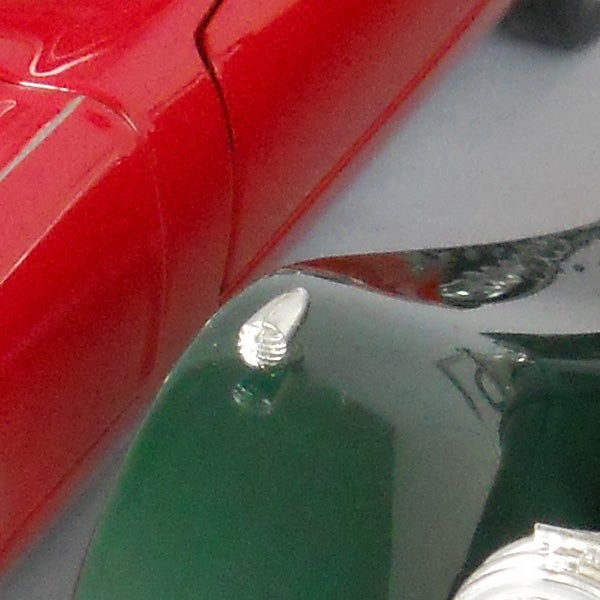
At 400 ISO there is some sign of image noise, but overall quality is still fairly good.
—-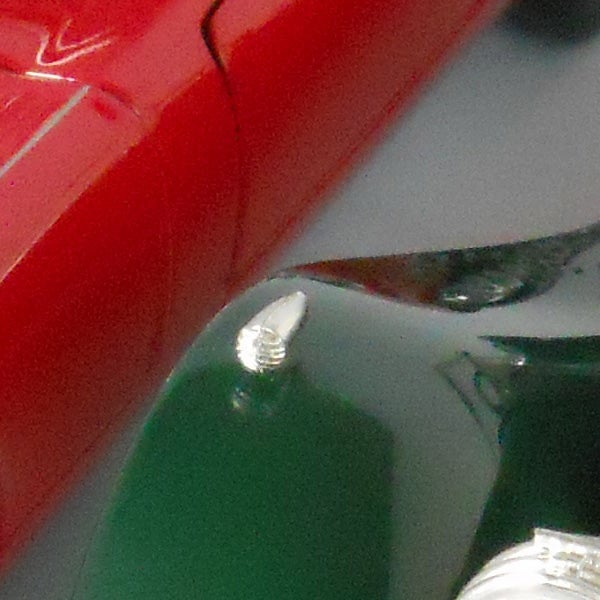
There’s a lot more noise at 800 ISO, and noise reduction has reduced overall quality.
—-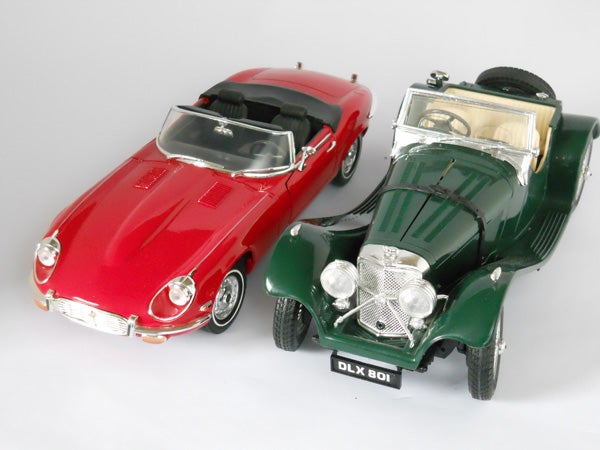
This is the full frame at 800 ISO. The maximum is 1600 ISO, but I couldn’t get it to go up that far.
—-
”A range of general test shots are shown over the next two pages. In some cases, the full size image has been reduced for bandwidth purposes, and a crop taken from the original full resolution image has been placed below it to show the overall image quality. ”
—-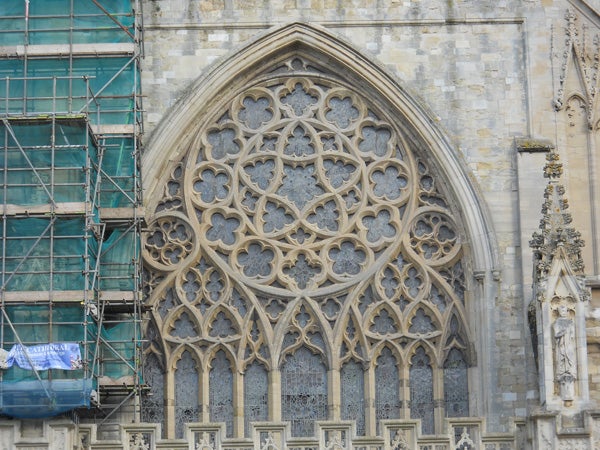
Here’s the usual detail test shot of the West Window of Exeter Cathedral, for you to compare with other cameras. See below for a full res crop, or click for the full sized image. The downloadable file is approximately 4.2MB.
—-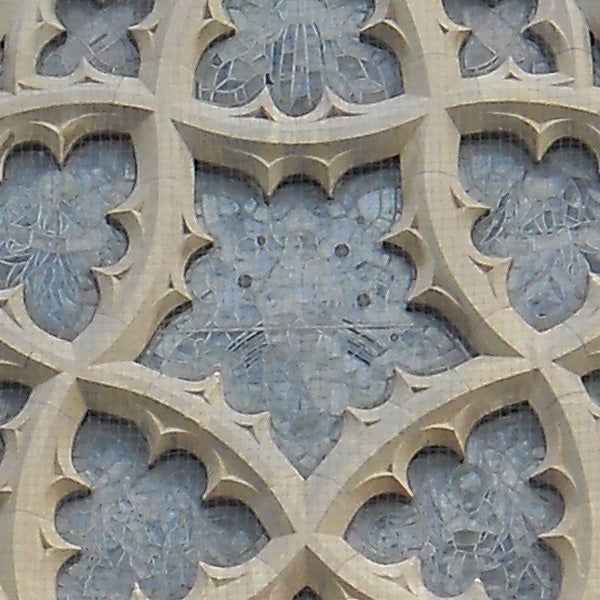
The over-sharpening and harsh compression have erased all of the detail-capturing advantage of the 12MP sensor.
—-
The camera automatically digitally corrects the wide-angle distortion.
—-
Centre sharpness is about average for a cheap lens, but the over-sharpening reduces quality.
—-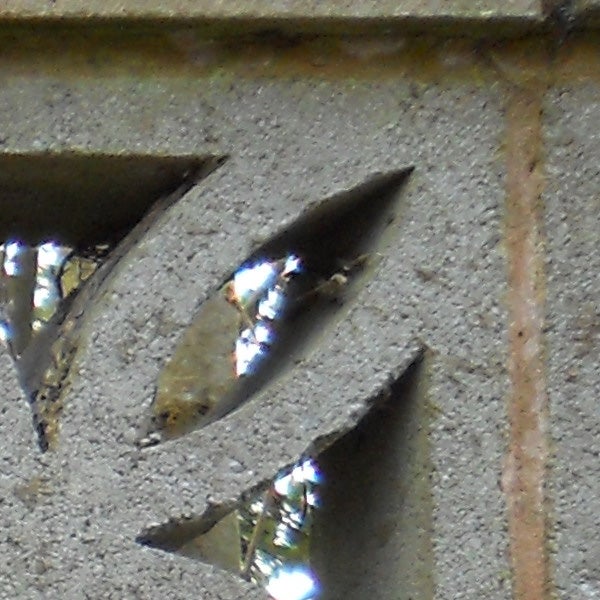
The digital distortion control causes some corner blurring, but it’s not too bad.
—-
”Here are some general test shots to help evaluate the camera’s overall image quality, including dynamic range, colour rendition and the zoom range of the lens. Some pictures may be clicked to download the full size original image. ”
—-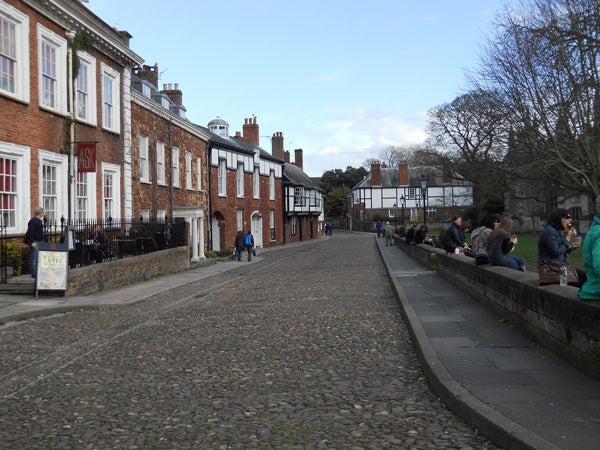
The wide angle end is equivalent to 37mm.
—-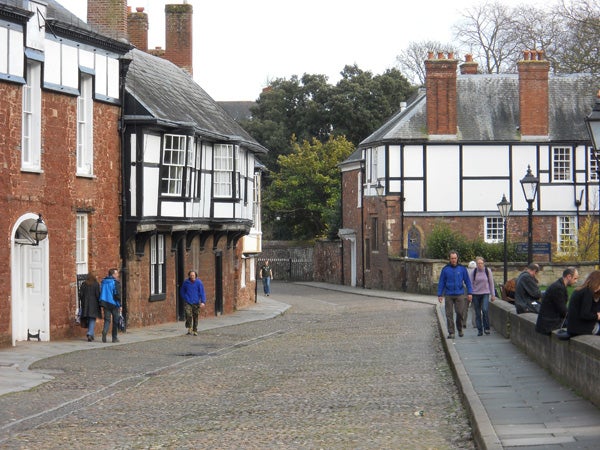
The telephoto end is equivalent to 134mm.
—-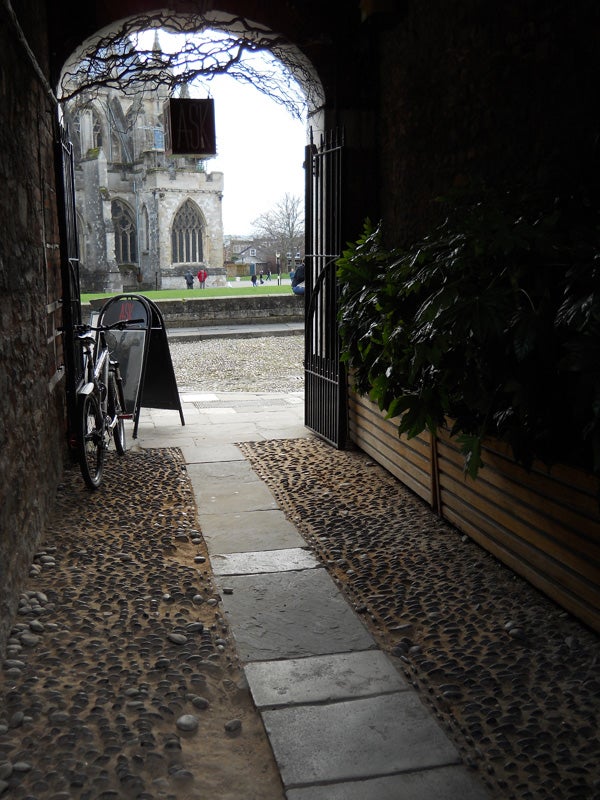
Dynamic range is very poor in this high contrast shot, with no shadow detail visible.
—-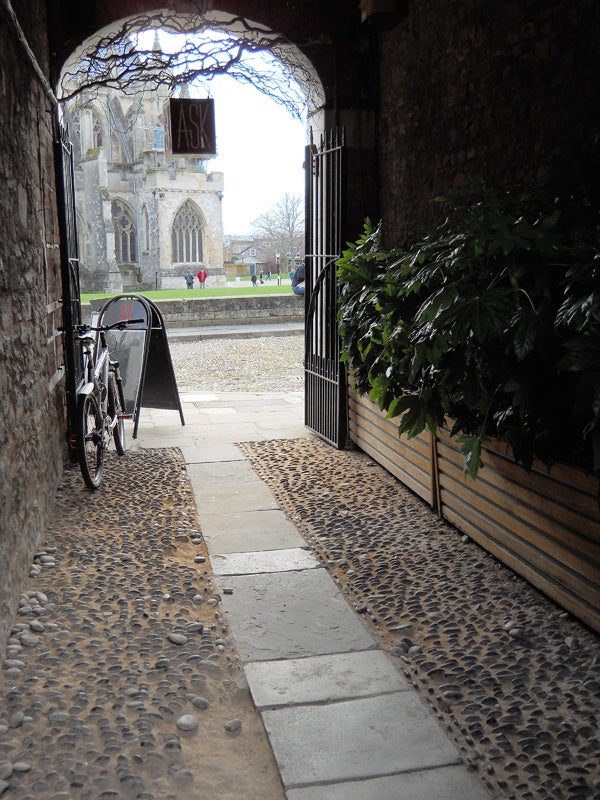
D-Lighting applied in playback mode does help a bit, but the highlights are still burned out.
—-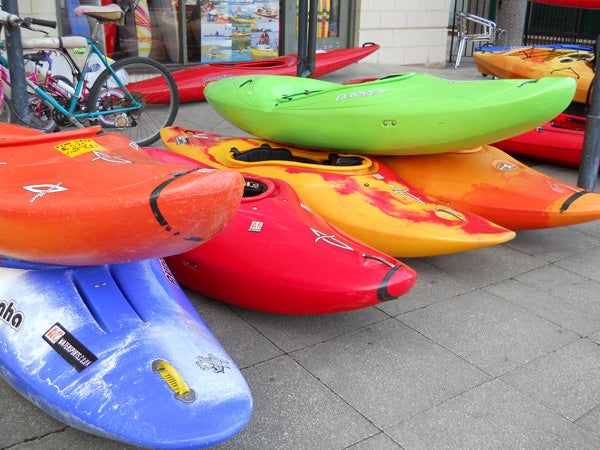
Colours in standard mode are a bit pale and under-saturated.
—-
Trusted Score
Score in detail
-
Value 5
-
Image Quality 7
-
Build Quality 8
Features
| Camera type | Digital Compact, Digital SLR |
| Megapixels (Megapixel) | 12 Megapixel |
| Optical Zoom (Times) | 3.6x |
| Image Stabilisation | Electronic, Optical |
| LCD Monitor | 3 in |
| Flash modes | Auto Flash, Flash ON, Flash OFF, Red-eye Reduction |
| Video (max res/format) | 640 x 480 |
| Memory card slot | Secure Digital (SD) Card, Secure Digital High Capacity (SDHC) Card |

